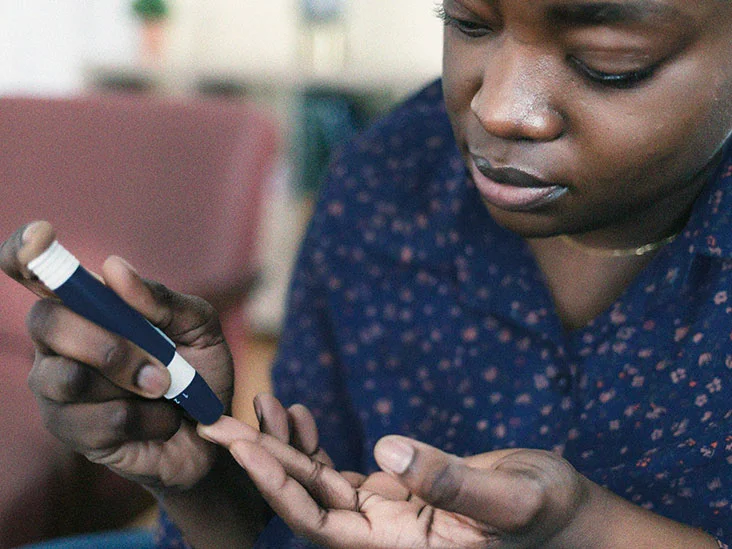
Diabetes is a condition that can affect many people. There are types of diabetes, including Type 1, Type 2, and Gestational diabetes. Each type is different and carries a different risk for getting the condition. Several different methods of treatment exist for each. Some of the most common methods include taking medication, eating a healthy diet, and exercising.
Preventing diabetes
Using the proper diet to prevent diabetes is a good way to reduce your risk for developing this disease. You’ll want to eat a variety of fruits and vegetables, avoiding refined carbs and sugary snacks.
In addition, you should eat a moderate amount of fiber, especially if you’re trying to manage your weight. Fiber can help you to control your blood sugar, which is a definite plus when it comes to preventing diabetes.
In addition, it’s a good idea to drink lots of water. It’s also a good idea to choose foods that contain less fat. Saturated fats, particularly those found in meats, have been linked to an increased risk of diabetes.
Another great thing to do to prevent diabetes is to make sure you stay active. Studies have shown that people who exercise regularly tend to have better insulin sensitivity, which is a definite plus when you’re trying to avoid getting the disease.
Type 1 diabetes
Type 1 diabetes is a lifelong illness that requires constant monitoring and treatment. Insulin is required to move blood sugar into the body’s cells. Without insulin, the sugar builds up in the bloodstream, a condition known as hyperglycemia. Symptoms include numbness, tingling, and thirst.
In addition to the symptoms listed above, people with type 1 diabetes are at a greater risk for bacterial infections, urinary tract infections, and fungal infections. They also have a higher risk for pregnancy problems, including preeclampsia, stillbirth, and preterm labor.
To treat the disease, individuals must take insulin, which is produced by the pancreas. Insulin is delivered by an insulin pump or through an injection. Depending on the person’s blood sugar levels, the doctor may change the amount of insulin or insulin doses.
Patients with type 1 diabetes are at a higher risk of developing small-fiber neuropathy. This is a symptom of damage to nerves in the arms and legs. Nephropathy, or kidney problems, is also common in this population.
Type 2 diabetes
Type 2 diabetes is a chronic disease that affects the way the body uses glucose, a natural hormone. It can lead to long-term health complications, such as heart disease, blindness, and kidney disease.
Many people with type 2 diabetes may need insulin, medicines, or changes in diet and exercise to control their blood sugar. However, if you follow some simple guidelines, you can have more control over your diabetes and lower your risk of complications.
When a person has high blood sugar, it can cause damage to the brain, nervous system, and blood vessels. It can also increase the risk of eye and hearing problems, as well as cardiovascular disorders.
If you’re unsure if you have diabetes, you can get a blood test. You’ll have to be fasting for a few hours before the test. Then, you’ll have a small drop of blood placed on a test strip. Usually, the meter will give you an average of the glucose level of the blood.
Gestational diabetes
Gestational diabetes is a condition where the mother’s blood glucose levels are too high. It is caused by the hormones that are produced during pregnancy. These hormones raise the amount of glucose in the blood and make the body resistant to insulin. If the levels are not controlled, they can cause complications in the baby and the mother.
Gestational diabetes can be managed effectively by eating a healthy diet, exercising regularly, and following a doctor’s plan. However, it may also require medication. A woman with gestational diabetes should see her doctor regularly, as problems can arise after birth.
In the United States, about 2% to 10% of pregnancies develop gestational diabetes. Women who have been diagnosed with type 2 diabetes have a greater risk of developing gestational diabetes. The American Diabetes Association (ADA) encourages doctors to screen for type 2 at the beginning of a pregnancy.
Women with diabetes should have blood tests before and during pregnancy. Even if they feel well, they should have regular tests to ensure that their baby will have a healthy pregnancy.



